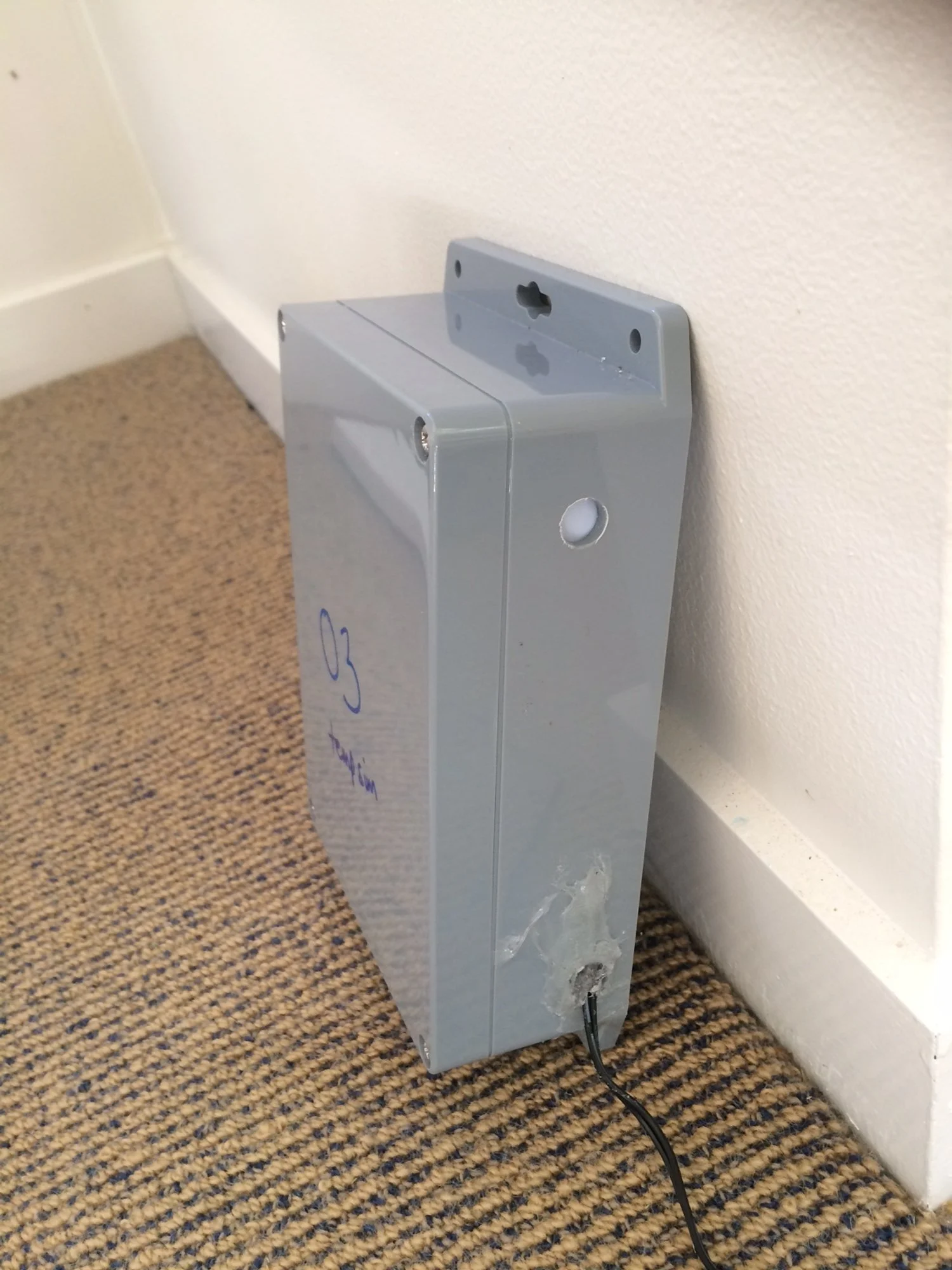High-Resolution Heat Camera – 100% Predator Detection
In previous work we thought we had the ultimate predator detection camera. But our goal is to detect all predators so we have chosen to develop a higher resolution heat camera. Here's a reminder of why we want to detect all predators:
To make New Zealand predator free we need to be able to observe all predators - a single camera that can detect everything is the most efficient way to achieve this.
Most trail cameras use infrared light and motion detectors. When motion is detected the infrared light turns on. These cameras are designed for hunters (to spot pigs and deer) and our previous tests showed that they miss smaller, faster animals such as rats and even some hedgehogs.
The most promising way to get 100% detection is to have an always on camera that uses software for detection. Having an infrared camera active all the time is not feasible as there is evidence that IR light glowing is a deterrent for some animals (e.g. rats).
A heat camera does not require any light source that could deter predators. Historically, they have not been used due to cost but prices have come down significantly in recent years and this trend looks to continue.
We need a camera that can monitor a reasonable area as we see a lot of predators just walking past lures or traps in the corner of videos. When using cheaper cameras, which can only watch a two by two meter area with any accuracy, many cameras will be required to get a good idea of what's happening in a given region of bush. Each of our higher resolution cameras, although a little more expensive, can cover a much greater area.
The improved quality of the data from our heat cameras means that predator detection and identification is easier and more accurate, for both humans and our machine learning model.
The base hardware chosen for our new camera system is a FLIR Lepton 3 camera running on a Raspberry Pi 3. We've chosen the Lepton 3 camera because it currently offers a great balance between performance, resolution and price. The Raspberry Pi is used because it's powerful (required to run the detection model, sound lures and control the kill mechanism in real-time), cost effective and easy to prototype with. The Raspberry Pi is open and flexible so there's plenty of readily available software and resources available for us to leverage.
From the outside the new camera looks pretty simple…
Even from the inside it looks pretty simple. Raspberry Pi with cable attached camera. The white dongle sends collected data over the Spark mobile network.
The new camera builds from our previous heat camera but has the following advantages
Four times the resolution of the previous heat cameras so we can cover a larger area (at least 10 x 10m) and see more detail (160 x 120 resolution).
The additional resolution means that we do not need the infrared camera to be included. Previously we needed two camera types as the heat camera did not have enough resolution to always allow accurate animal identification. Not having the additional camera and light simplifies the hardware and eliminates the issue of IR light deterring some predators.
The motion detection algorithm is more refined so we get fewer false positives (recordings with no animals).
The motion detection system now reacts more quickly than before.
Videos are still uploaded to the cloud so they can be tagged for training our machine learning model (automatic predator detection).
There were some significant challenges to getting the Lepton 3 cameras working reliably with the Raspberry Pi (expect another blog article on this soon). In addition, we've created a custom data and compression scheme (called CPTV - Cacophony Project Thermal Video) which bests suits our needs and the characteristics of thermal video data. This all took a lot more time than we would have liked - we prefer to use simple off-the-shelf solutions where possible but detecting 100% of predators over a significant area is a non-trivial task.
Below is an example of the footage from an old dual camera with low resolution heat camera along with some of the new things we have never been able to see before. These videos were taken over four nights in my backyard in Akaroa.
Video 1: Improved High Resolution Heat Camera
Our current goal is to capture enough footage of different predators to feed our machine learning model so that our device can automatically identify all predators in real-time. This will enable us to test other trap or luring systems at scale.
Once we have an accurate machine learning model, it can also be integrated with sound lure project. Being able to automatically test a large variety of sound lures at locations all over NZ will be hundreds of times more efficient than any human driven approach.
We are ultimately aiming for a device that can physically track the predator with the view to activating a kill mechanism. Our new thermal camera system will be a key part of that system.
In a few weeks we will compare our new camera to existing trail cameras in terms predator detection. Our initial testing is very encouraging……it is like having better telescope to see what is going on out there….


